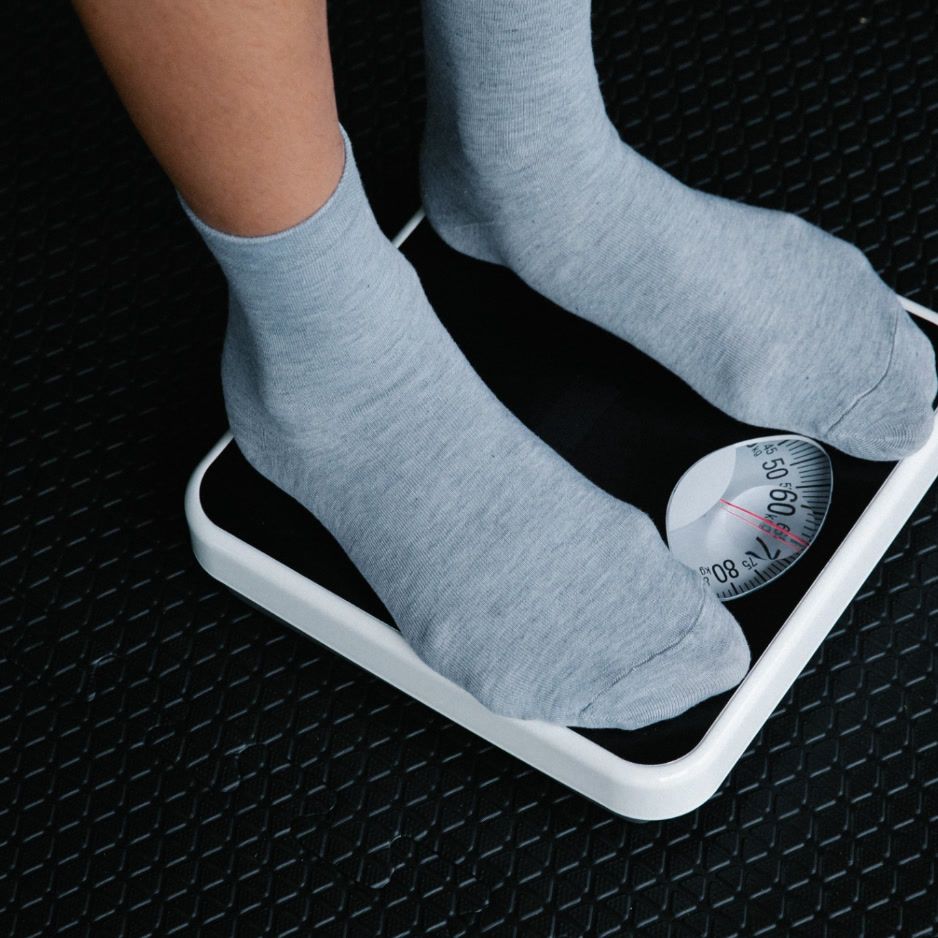Understanding the Respiratory Exchange Ratio: A Comprehensive Guide

Understanding the Respiratory Exchange Ratio: A Comprehensive Guide
The respiratory exchange ratio (RER) is a critical physiological measurement that plays a fundamental role in understanding our body's metabolic processes. By examining the relationship between oxygen consumption and carbon dioxide production, RER provides valuable insights into the efficiency of our energy metabolism. In this comprehensive guide, we will delve into the intricacies of RER, its significance in the human body, the underlying science, factors that influence it, measurement techniques, and its connection to various health conditions. By the end of this article, you will have a clear understanding of the respiratory exchange ratio and its implications for overall health and well-being.
Get weekly updates.
Defining the Respiratory Exchange Ratio
The respiratory exchange ratio (RER), also known as the respiratory quotient (RQ), is a numerical representation of the ratio of carbon dioxide (CO2) produced to oxygen (O2) consumed during various metabolic processes. It provides valuable information about the type of fuel being utilized by the body and the efficiency of energy production. This ratio is calculated by dividing the volume of CO2 produced by the volume of O2 consumed.
The Basic Concept of Respiratory Exchange Ratio
The concept of respiratory exchange ratio is rooted in the fundamental role of oxygen and carbon dioxide in our body's energy metabolism. During normal cellular respiration, oxygen is used to break down carbohydrates, fats, and proteins, releasing energy in the process. This energy is then utilized by our body for various functions. As a byproduct of this metabolic process, carbon dioxide is produced and eliminated by the respiratory system.
The Importance of Respiratory Exchange Ratio in the Human Body
RER serves as an essential indicator of the type of fuel being utilized by our body for energy production. By examining the ratio between carbon dioxide and oxygen, we can determine whether our body is primarily relying on carbohydrates, fats, or proteins for fuel. This information is crucial for understanding metabolic efficiency and optimizing energy utilization.
Moreover, RER can also provide insights into the intensity of exercise or physical activity. It allows us to evaluate whether the energy demands of our body are being met efficiently or if adjustments need to be made. Understanding RER can help athletes, trainers, and individuals looking to improve their fitness levels to monitor and fine-tune their exercise regimens.
The Science Behind Respiratory Exchange Ratio
For a better grasp of RER, it is essential to explore the underlying biochemical processes and the factors that influence this physiological measurement.
The Role of Oxygen and Carbon Dioxide
Oxygen and carbon dioxide play a vital role in our body's energy metabolism. Oxygen serves as the primary electron acceptor in the process of oxidative phosphorylation, which is responsible for generating adenosine triphosphate (ATP) – the currency of energy in our body. Carbon dioxide is produced as a byproduct of this process, signaling the breakdown of substrates for energy production.
The ratio of CO2 produced to O2 consumed reflects the type of substrates being utilized. A ratio of 1.0 indicates the breakdown of carbohydrates, while a ratio greater than 1.0 signifies the utilization of fats or proteins for energy production. Moreover, the intensity of exercise or physical activity can also influence the RER value. During intense exercise, the body primarily relies on carbohydrates as a quick source of energy, resulting in a higher RER.
The Metabolic Processes Involved
Various metabolic processes contribute to the respiratory exchange ratio. Carbohydrate metabolism, also known as glycolysis, involves the breakdown of glucose into pyruvate, which is further converted into ATP in the presence of oxygen. This process primarily occurs in the cytoplasm of our cells and is particularly important during high-intensity exercise.
Fat metabolism, on the other hand, involves the breakdown of triglycerides into free fatty acids and glycerol. These free fatty acids are then transported into the mitochondria, where they undergo beta-oxidation – a process that results in the production of ATP. This process predominantly occurs during low-intensity exercise or prolonged periods of physical activity.
Protein metabolism constitutes the breakdown of amino acids through a process called gluconeogenesis, where they are converted into glucose for energy production. This process typically occurs during extended periods of fasting or low carbohydrate availability.
Factors Influencing the Respiratory Exchange Ratio
Several factors can influence the respiratory exchange ratio, ranging from individual characteristics to external influences.
Diet and Nutrition
The types of food we consume significantly impact the respiratory exchange ratio. Diets rich in carbohydrates will result in a lower RER, indicating the predominant use of carbohydrates as a fuel source. Conversely, diets high in fats or proteins will lead to a higher RER, reflecting the reliance on these macronutrients for energy generation. By adjusting our dietary intake, we can modify the respiratory exchange ratio to optimize our body's energy metabolism.
Physical Activity and Exercise
The level of physical activity and exercise intensity also affect the respiratory exchange ratio. During low-intensity exercises, such as jogging or light aerobic activities, the body primarily utilizes fats for energy production, resulting in a higher RER. In contrast, high-intensity exercises, such as sprinting or weightlifting, rely more on carbohydrates, leading to a lower RER value. Regular physical activity can help improve metabolic flexibility and optimize the respiratory exchange ratio.
Age and Gender Differences
The respiratory exchange ratio can vary between individuals based on their age and gender. Studies have shown that females tend to have a higher RER than males due to differences in body composition and hormonal factors. Additionally, age-related changes in metabolism can influence the respiratory exchange ratio. Understanding these variations can help tailor exercise and nutrition plans to meet individual needs.
Measuring the Respiratory Exchange Ratio
Accurately measuring the respiratory exchange ratio requires specialized tools and techniques.
Tools and Techniques for Measurement
One common method of measuring RER involves the use of indirect calorimetry. This technique collects breath samples and analyzes the concentration of oxygen and carbon dioxide. By calculating the ratio between these gases, the RER value can be determined. Indirect calorimetry can be performed using portable devices or in specialized laboratories. Other methods, such as stable isotope techniques and blood analysis, can also provide insights into RER.
Interpreting the Results
Interpreting the respiratory exchange ratio results requires considering various factors, such as the individual's diet, exercise intensity, and metabolic state. A skilled healthcare professional or sports scientist can provide an in-depth analysis and help interpret the measurements in the context of an individual's overall health and fitness goals. Regular monitoring of RER can be beneficial in optimizing metabolic efficiency and assessing the effectiveness of lifestyle interventions.
The Respiratory Exchange Ratio and Health Conditions
The respiratory exchange ratio can be indicative of certain health conditions and their impact on metabolism.
Respiratory Diseases and Disorders
Respiratory diseases, such as chronic obstructive pulmonary disease (COPD) and asthma, can affect the respiratory exchange ratio. Reduced lung function and impaired gas exchange can alter the RER value, indicating changes in the body's energy metabolism. Monitoring RER in individuals with respiratory diseases can provide valuable insights into their functional capacity and guide treatment approaches.
Metabolic and Cardiovascular Conditions
Metabolic disorders, such as diabetes and obesity, as well as cardiovascular conditions, can influence the respiratory exchange ratio. These conditions often result in metabolic dysregulation, causing shifts in substrate utilization and energy metabolism. Assessing RER in individuals with these conditions can assist in understanding their metabolic state and aid in the development of personalized interventions.
Unlock Insights into Your Metabolism with BodySpec's Affordable DEXA Scans
Regular monitoring of your body composition can provide valuable information about your metabolic health. BodySpec offers affordable DEXA scans that accurately measure body fat percentage, muscle mass, and bone health. By tracking these metrics over time, you can gain insights into your metabolic efficiency and make informed decisions to optimize your overall well-being. Visit BodySpec today and take control of your health!


